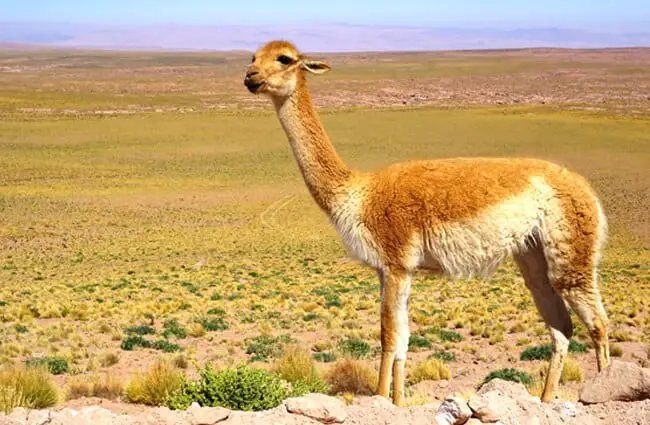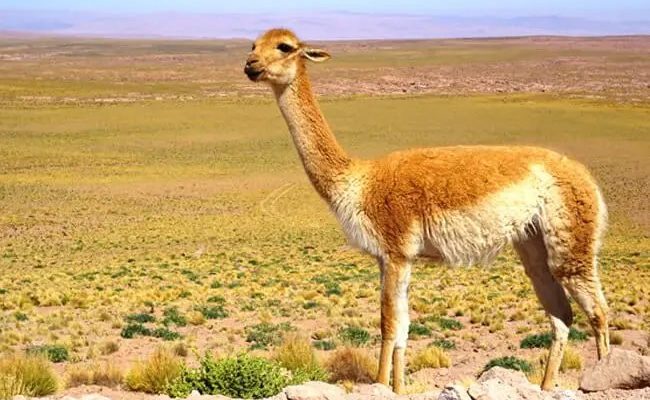
Imagine standing high in the Andes, surrounded by breathtaking views of snow-capped peaks and wide-open spaces. This is where vicunas thrive. They’re specially adapted to live in such harsh conditions, and their existence showcases how incredible nature can be. Let me guide you through their habitat and distribution, so you can understand what makes these animals tick.
Understanding Vicunas: A Quick Overview
Before diving into where vicunas live, let’s take a moment to appreciate what they are. Vicunas are part of the camelid family, which also includes llamas, alpacas, and guanacos. Unlike their more domesticated cousins, vicunas are wild and typically live in herds. They’re known for their fine wool, which is considered one of the most luxurious fibers in the world.
These animals usually weigh between 80 to 150 pounds and stand about 3 feet tall at the shoulder. Their long legs and slender bodies make them incredibly agile, allowing them to navigate the rocky and uneven terrain of the Andes. Plus, their large, dark eyes and soft brown coats make them quite the sight to behold!
The High Andes: Their Natural Habitat
Vicunas primarily inhabit the high-altitude regions of the Andes Mountains, usually between 10,000 and 15,000 feet above sea level. This may seem extreme, but vicunas are perfectly adapted to these conditions. Their bodies are designed to retain heat, which is crucial for surviving cold nights at high elevations.
Here’s the thing: the environment up there is also pretty harsh. The terrain features rocky outcrops, grassy plains, and sparse vegetation, where only the hardiest plants can survive. Vicunas primarily feed on grasses and other low-lying plants, which they graze on throughout the day.
One important point to note is that vicunas are very sensitive to their surroundings. They need clean water sources and open areas to roam. That’s why their habitats are crucial not just for their survival but for maintaining the ecological balance in the region.
Distribution: Where to Find Vicunas
Vicunas are mainly found in Peru, Bolivia, Chile, and Argentina. These countries boast the ideal conditions for vicunas, providing the high altitudes and sparse vegetation they need to thrive. Among these, Peru is home to the largest population of vicunas, especially in areas like the Puno region and the Lake Titicaca basin.
You might be wondering about their roaming habits. Vicunas are known to travel across large distances in search of better grazing areas. Because their diet is so specific, they often have to move around to find enough food to support their herd. This migratory behavior is essential for their survival, and it also helps keep their habitat healthy.
Adaptations to Harsh Environments
Living in such extreme conditions requires unique adaptations. Vicunas have a thick coat of wool that insulates them against freezing temperatures. This wool is incredibly valuable, often fetching high prices in markets due to its softness and lightweight properties.
Additionally, vicunas can tolerate fluctuations in oxygen levels. At such high altitudes, oxygen is scarce, but their lungs are larger in proportion to their body size, allowing them to take in more air and thrive in these challenging conditions. You might think of it like a set of superpowers that helps them navigate their mountainous home.
Conservation Efforts: Protecting Vicunas
Unfortunately, vicunas face threats from habitat loss, poaching, and climate change. Their wool, while beautiful, has made them targets for illegal hunting. Thankfully, several conservation efforts are underway to protect these magnificent animals and their habitats.
Organizations are working to create protected areas in their native habitats, especially in Peru, where initiatives focus on sustainable herding practices. There’s also a growing awareness of the importance of conserving the ecosystems that vicunas depend on. These efforts not only help vicunas but also benefit other wildlife and local communities that rely on these natural resources.
What Makes Vicunas Special? A Summary
Vicunas are truly remarkable animals with unique adaptations that allow them to thrive in one of the planet’s most extreme environments. Their habitats in the high Andes are vital not just for their survival but for the biodiversity of the region. By understanding where vicunas live and how they adapt, we can help protect these incredible creatures for generations to come.
So, next time you think about the high mountains and remote places, remember the vicunas. They may not be easy to spot, but they represent the beauty and resilience of life in even the toughest conditions. And who knows, maybe one day you’ll find yourself among them, soaking in the spectacular Andes while watching vicunas roam confidently in their natural home.

